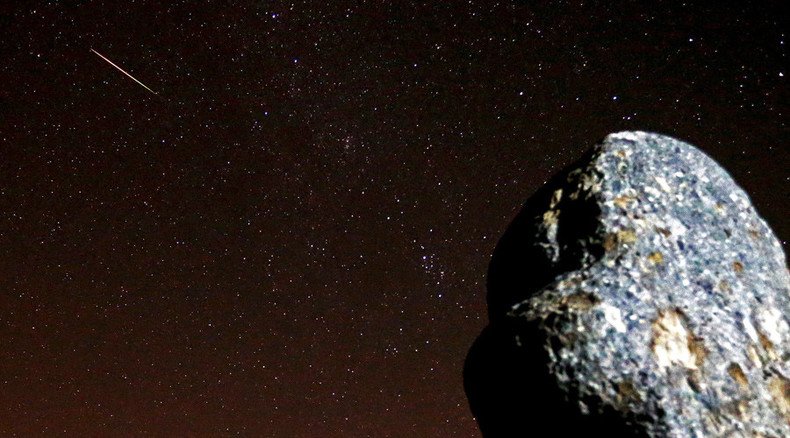Humans won’t survive next mass extinction – scientists

Despite populating vast swaths of the planet, and appropriating large amounts natural resources in order to survive, human beings are no more likely to survive a mass extinction event than rare or endangered species, scientists say.
A team from the University of Leeds examining the effects of mass extinctions found that widespread species, like humans, are just as likely to become extinct as less populous ones.
This contrasts with regular circumstances, where a populous species is more likely to survive than a rare or endangered one.
The team of scientists examined the fossil records of vertebrates from the Triassic and Jurassic periods – 252 to 145 million years ago. During this period a mass extinction thought to have been caused by a volcanic eruption wiped out almost 80 percent of all living species and gave rise to the dinosaurs.
Scientists Alex Dunhill and Matthew Wills from the university looked at the distribution of species and the ways they changed during the time periods. They then compared their results with the changes in overall biodiversity and gathered information on the extinction risk of species.
Possibly the best prenups for women come from ancient Egypt http://t.co/EfQYx7kAiFpic.twitter.com/UAhoBh9Ld5
— RT UK (@RTUKnews) August 14, 2015They found that the extinction of many groups of crocodile-like animals led to the rise of the dinosaurs.
“The fact that the insurance against extinction given by a wide geographic distribution disappears at a known mass extinction event is an important result. Many groups of crocodile-like animals become extinct after the mass extinction event at the end of the Triassic era, despite being really diverse and widespread beforehand. In contrast, the dinosaurs which were comparatively rare and not as widespread pass through the extinction event and go on to dominate terrestrial ecosystems for the next 150 million years,” Dunhill said.
Their results were published in the journal Nature Communications, and suggest that mass extinctions “shake up” the natural order, allowing less populous species to become dominant.
“These results shed light on the likely outcome of the current biodiversity crisis caused by human activity. It appears a human-driven sixth mass extinction will affect all organisms, not just currently endangered and geographically restricted species,” Dunhill added.
“Although we tend to think of mass extinctions as entirely destructive events, they often shake up the status quo, and allow groups that were previously sidelined to become dominant. Something similar happened much later with the extinction of the dinosaurs making way for mammals and ultimately ourselves. However, our study shows that the ‘rules’ of survival at times of mass extinctions are very different from those at ‘normal’ times: nothing is ever really safe,” Wills said.













